- Potentially Treatable Condition
- Muscles / Tendons / Ligaments / Cartilages
- Joint Pain
- HOME
- ABOUT
- RESEARCH
- INSIGHTS & HAPPENINGS
- JOIN US
- CONTACT US
-

Joint pain is common and is most commonly felt in the hands, feet, hips, knees, or spine. Pain can be constant or intermittent.
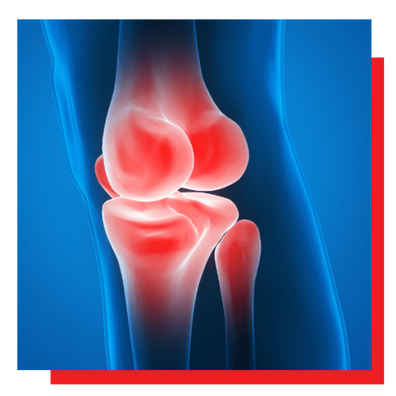
The joint may feel stiff, achy, or sore at times. Some patients report sensations of burning, throbbing, or “grating.” Furthermore, the joint may be stiff in the morning but will relax and feel better with movement and activity. However, excessive activity may aggravate the pain.
Joint pain can impair joint function and limit a person’s ability to perform basic tasks. Severe joint pain can have a negative impact on one’s quality of life. Treatment should not only address pain, but also the affected activities and function
Symptoms of joint pain range from mild to disabling. Without cartilage, bones rub directly against each other as the joint moves. Symptoms can include:
The most common causes of chronic joint pain include:
Although there is no cure for pain, it can be managed to provide relief to the patient. Pain can sometimes be relieved by taking over-the-counter medication or performing simple daily exercises. Other times, pain may indicate an underlying problem that can only be resolved through prescription medication or surgery.
1. Home treatment
2. Medical treatment
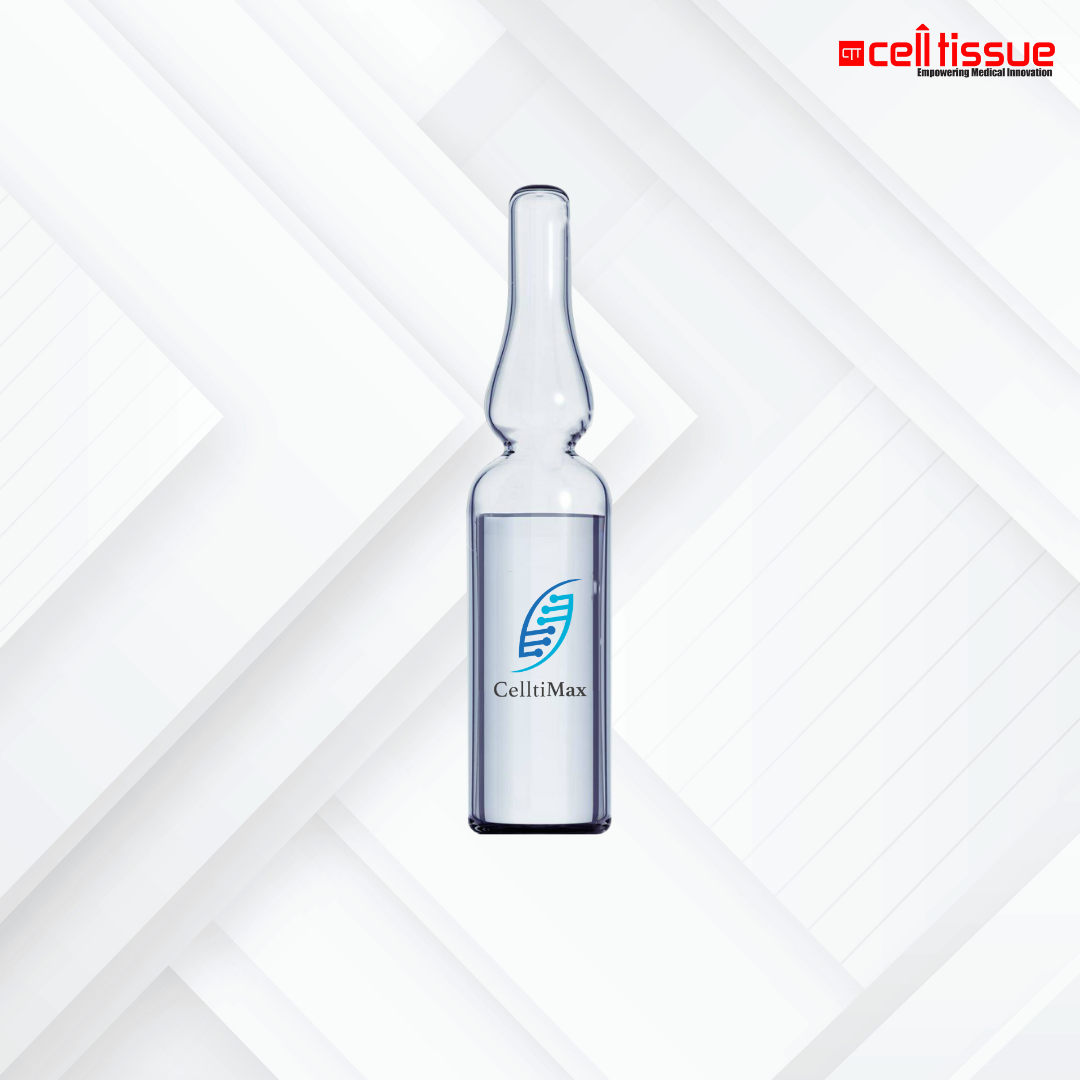
CelltiMax is Mesenchymal Stem Cells (MSCs) derived from human umbilical cords. Upon treatment, the cultured cells are injected intramuscularly / intravenously into the patient.
The cells are characterized by low immunogenicity. Hence, it is very safe, tolerable, and free of side effects. It has the capability to differentiate into specialized cells with specific functions for many parts of the body. They can reduce inflammation, repair, renew, regenerate, and replace damaged cells.
Definition
Stem cells are unspecialized cells of the human body.
Extracellular vesicles, which is the medical term for tiny bubbles that are released from stem cells.
Function
Unique, can become any type of cell, and they act as both building blocks and repair mechanisms in your body.
Carry genetic information and proteins to cells throughout your body, and they create paths for communication between cells.
Origins
Donor stem cells are placed in your body and are guided into becoming specific cells in the body to replace and repair diseased cells.
Exosomes are extracted from donated human mesenchymal stem cells (MSCs) and sterilized.
Growth Factors
Less amount of growth factors compared to exosomes.
Exosomes contain nearly three times the amount of growth factors. More growth factors mean a better ability to restore and revitalize target cells
Administration
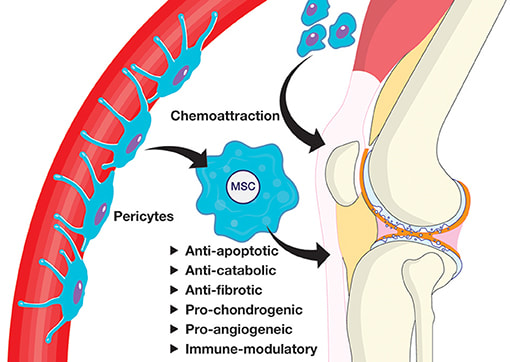
Osteoarthritis (OA) is an inflammatory condition for which there are currently no effective treatments. MSCs (Mesenchymal Stem/Stromal Cells) have been used successfully in pre-clinical models to resurface degenerated cartilage. Intra-Articular (IA) administration of MSCs reduces pain and protects or heals cartilage in early-stage clinical trials. However, the consistent lack of engraftment suggests that the observed effect is delivered via a “hit-and-run” mechanism, involving the temporal release of paracrine molecules.
MSCs produce a number of chemokines and cytokines that aid in the repair of damaged tissue, restoration of normal tissue metabolism, and most importantly, suppression of inflammation. Therapeutic factor secretion is increased in response to inflammatory signals or apoptosis induced by the host immune system. Trophic effectors are soluble molecules that are released or carried by extracellular vesicles. This review provides an overview of the functions and mechanisms of MSC-secreted molecules that have been found to be upregulated in OA models, whether in vitro or in vivo.
If you feel we might be able to offer meaningful improvement to both your condition and your quality of life, then please reach out to schedule a free consultation with one of our in-house clinical experts. We offer consultations in both Malay and English.





Review your medical history & recent evaluations
Explore what your treatment package might look like
Answer any questions you have about us
Answer any questions you have about the therapies
Discuss practical next steps,
if you feel we can effectively treat you
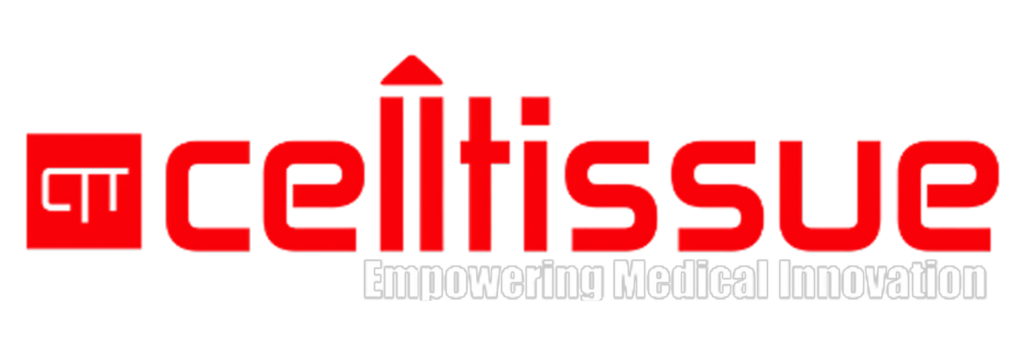
Founded in 2010, Cell Tissue Group is a pioneering Malaysian medical technology company and a spin-off from the National University of Malaysia (UKM). As Malaysia’s first Tissue Engineering firm, Cell Tissue Group operates within a certified cGMP laboratory, ensuring the highest standards of medical research and product development, particularly in Tissue Engineering and Regenerative Medicine.


Founded in 2010, Cell Tissue Group is a pioneering Malaysian medical technology company and a spin-off from the National University of Malaysia (UKM). As Malaysia’s first Tissue Engineering firm, Cell Tissue Group operates within a certified cGMP laboratory, ensuring the highest standards of medical research and product development, particularly in Tissue Engineering and Regenerative Medicine.
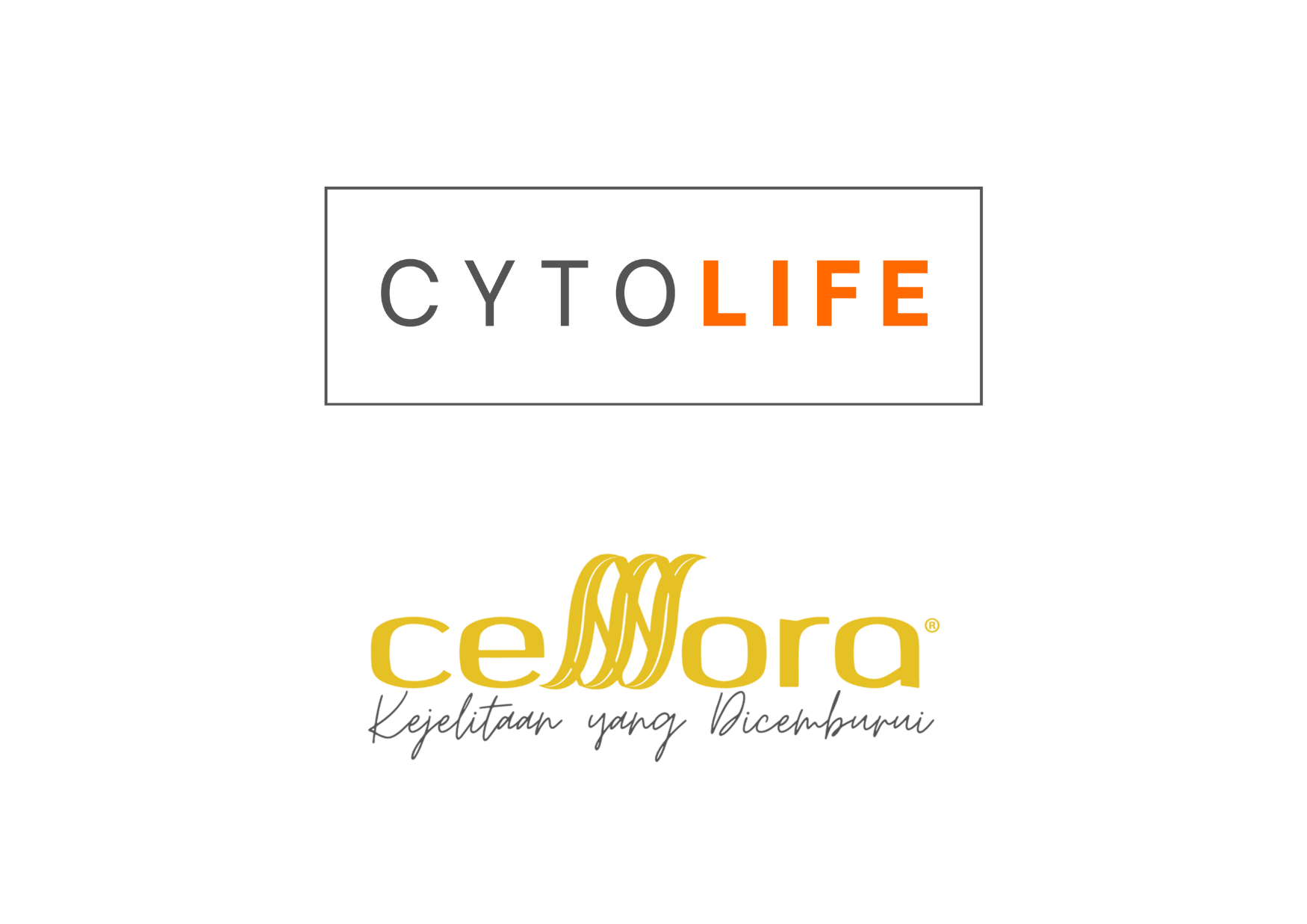
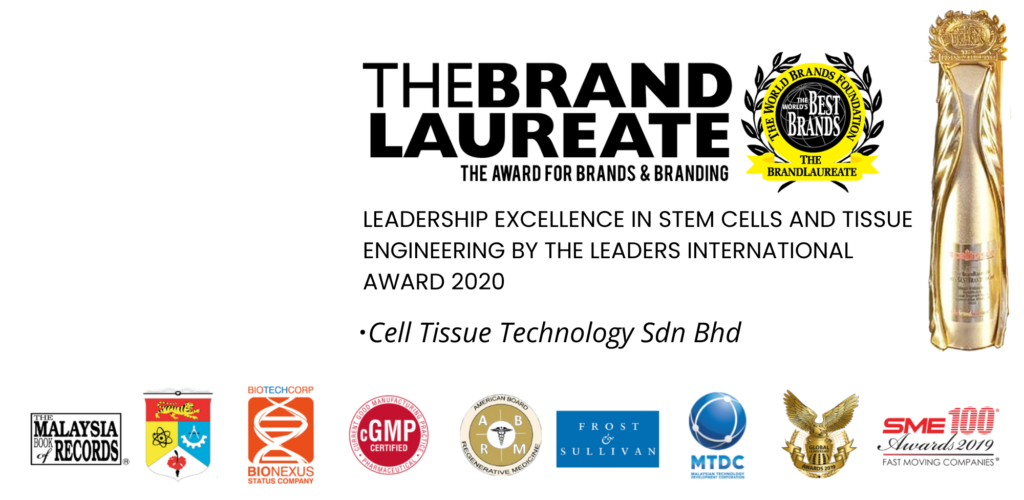
Proudly powered by CTG © 2010-2025 Cell Tissue Group, a Universiti Kebangsaan Malaysia Spin-Off Company. – All Rights Reserved.